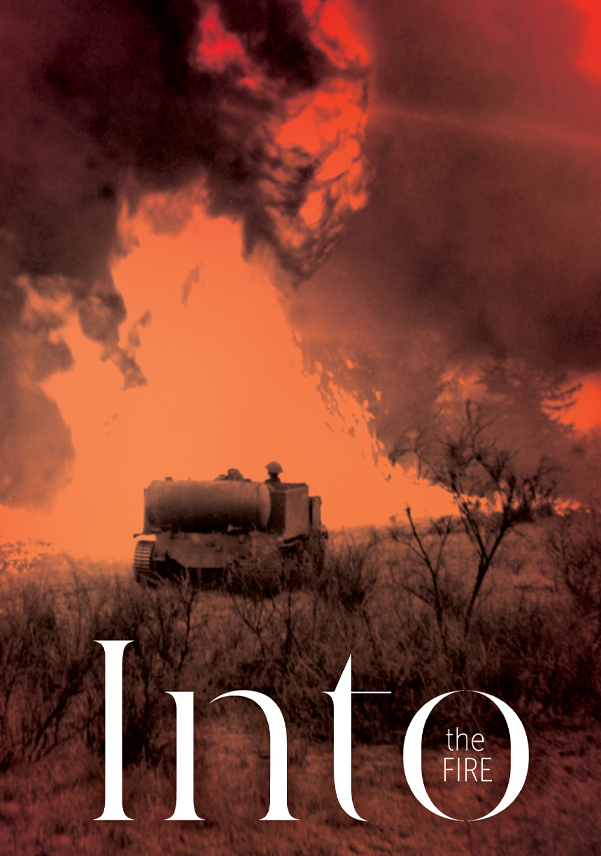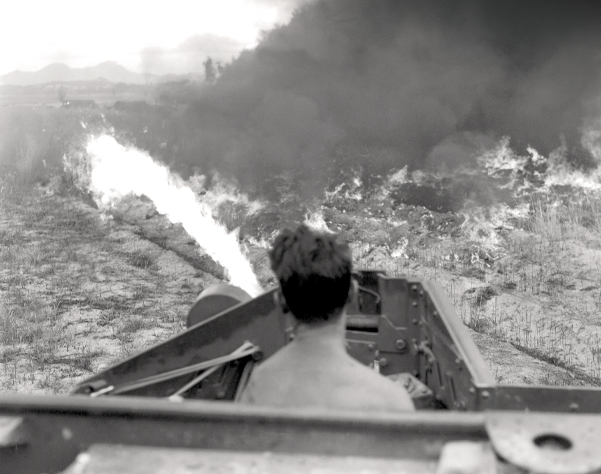
As the Korean winter gave way to an early spring and UN forces pushed slowly but steadily north, the PPCLI were sorely tested in mountain fighting, ambushes and Chinese hit-and-run attacks
NORTH KOREA, supported by the Soviet Union and China, invaded South Korea in June 1950. Canada answered the United Nations’ call to support South Korea.
The 2nd Battalion, Princess Patricia’s Canadian Light Infantry, arrived in December 1950, joining the ground war after eight weeks of training in mountain warfare and small unit tactics. The Royal Canadian Regiment (RCR) and the Royal 22nd Regiment (Van Doos) followed later.
The war was one of continual patrols and a series of fierce battles to take or retain strategic hilltops. Ambush and fighting patrols were called ‘snatch’ and ‘jitter’ patrols by the men. The battles were called hell.
On April 22, 1951, Chinese troops broke through Allied defences and headed for South Korea’s capital, Seoul. They would have to pass through the Kapyong Valley, defended by the Patricias, Australian troops and an American tank regiment, backed by New Zealand artillery.
After the Australians were overrun and driven back, it was the Canadians’ turn. Hand-to-hand fighting went on all night. “We were just 700…and we were attacked by…10,000 Chinese,” said Captain Hub Grey.
Captain John G.W. (Wally) Mills had his men dig in, then called for an artillery strike on his own position. Miraculously, the gunners’ 2,300 rounds missed the Canadians.
“It really saved our bacon…otherwise we would have been overrun,” said David Crook. “[We] fought for three days, completely surrounded…supplied by air…no mean feat.”
John Sadler, who fought at Kapyong and in the Third Battle of the Hook in May 1953, recalled Chinese scare tactics: They’d attack at night “in waves, one after the other…blowing whistles, bugles…yelling, screaming.”
But the Canadians held the line. The units at Kapyong were presented with the United States Presidential Unit Citation, represented by a blue shoulder flash on 2PPCLI uniforms.
Facing such resistance, the Chinese spring offensive petered out. But they’d be back. In November, the Van Doos were surrounded in the first battle for Little Gibraltar, and the RCR took the brunt of another attack in October 1952.









Advertisement












